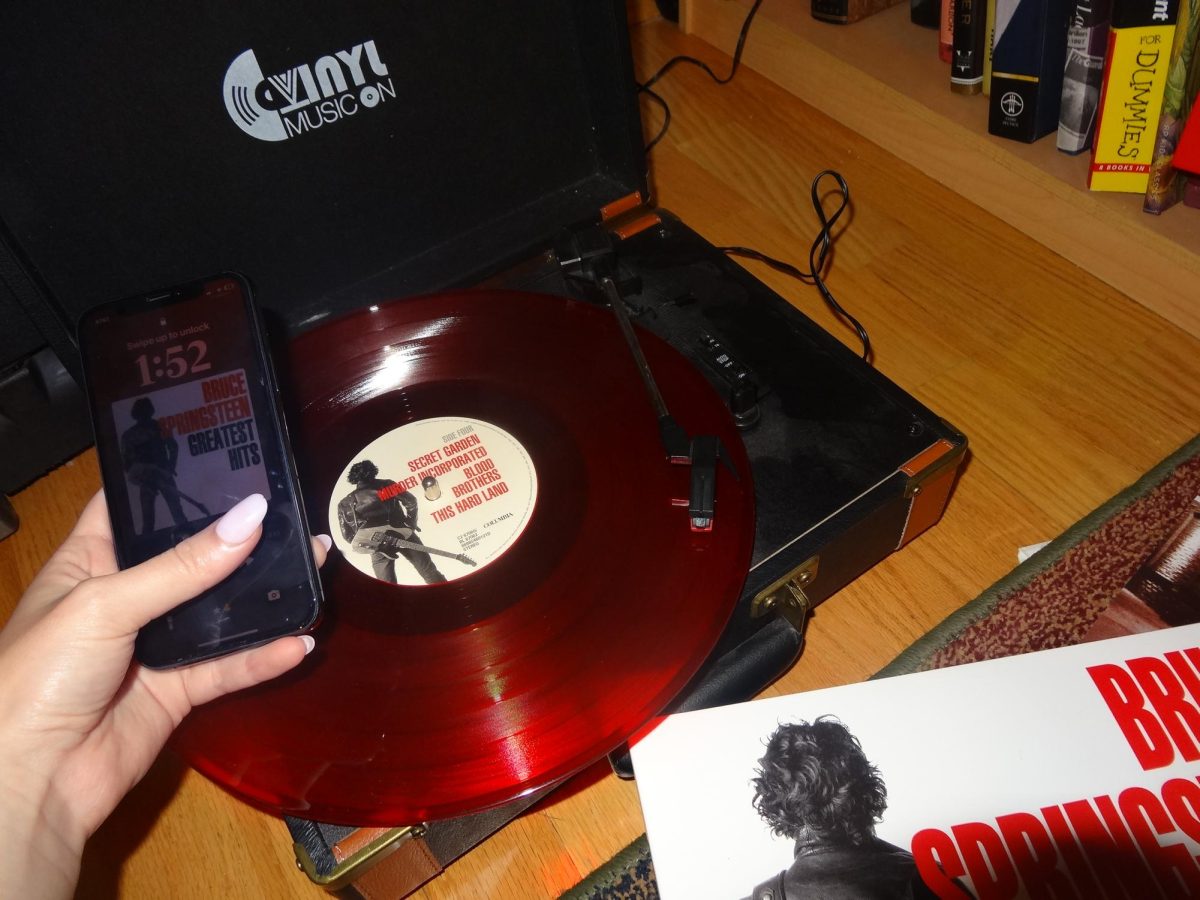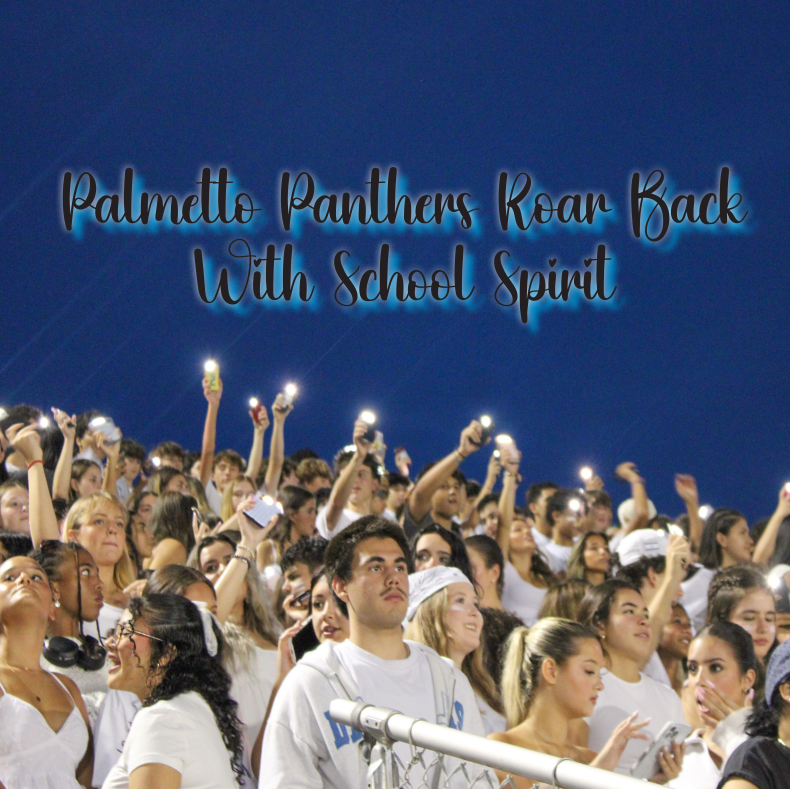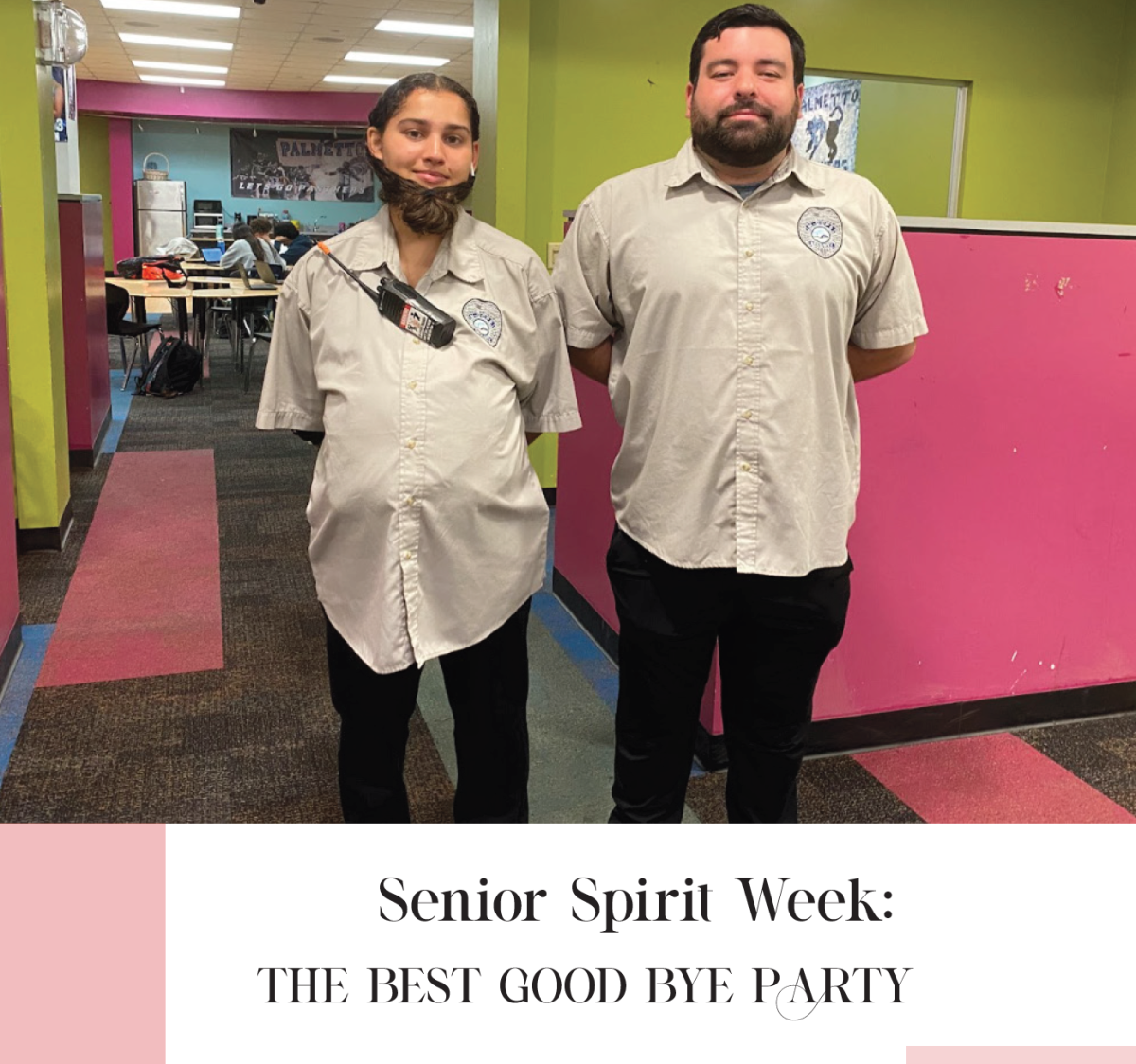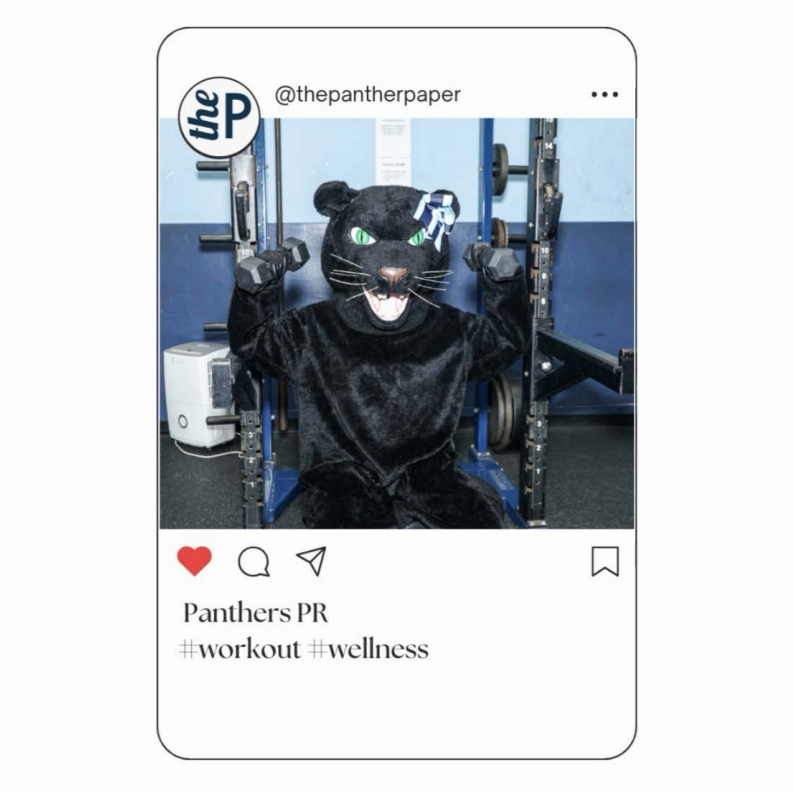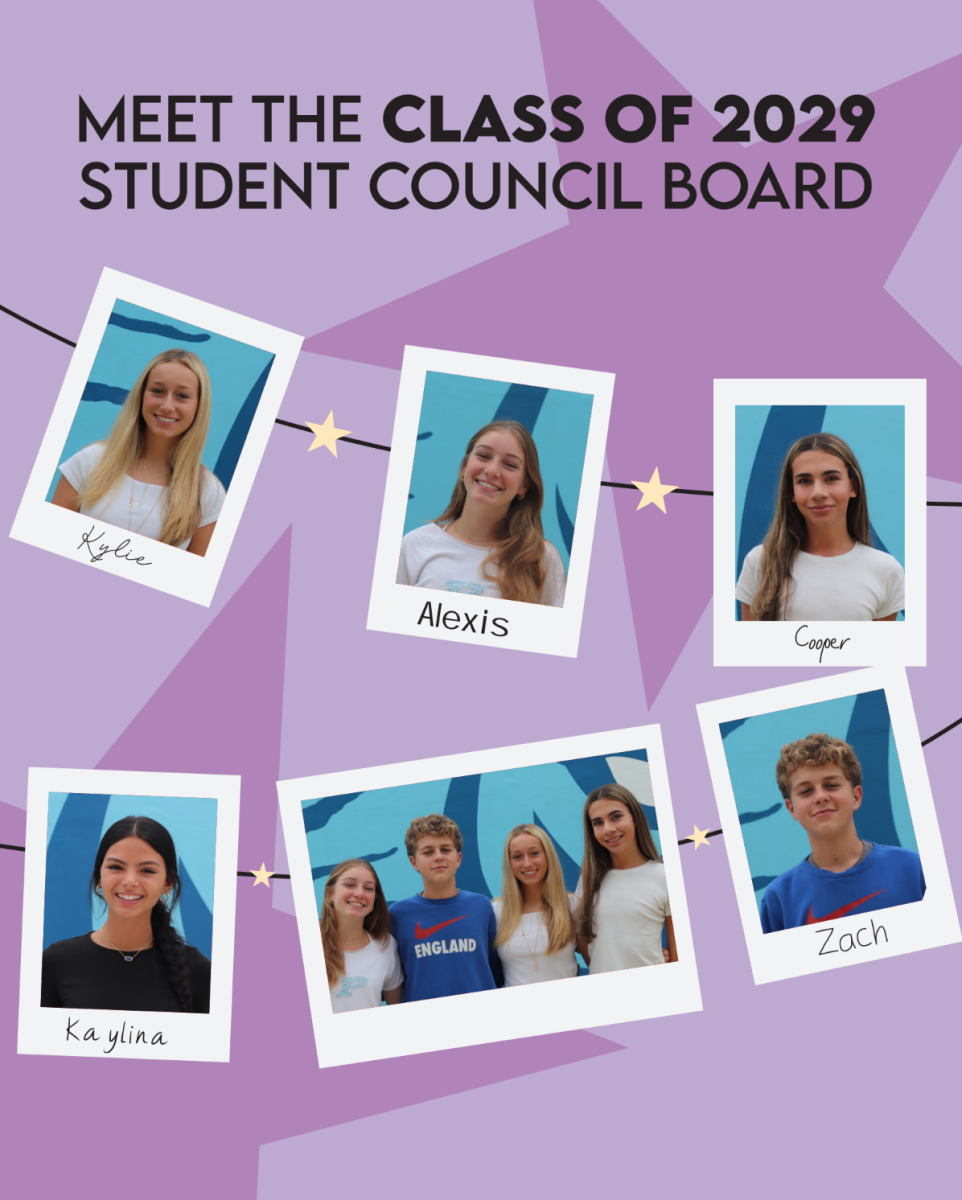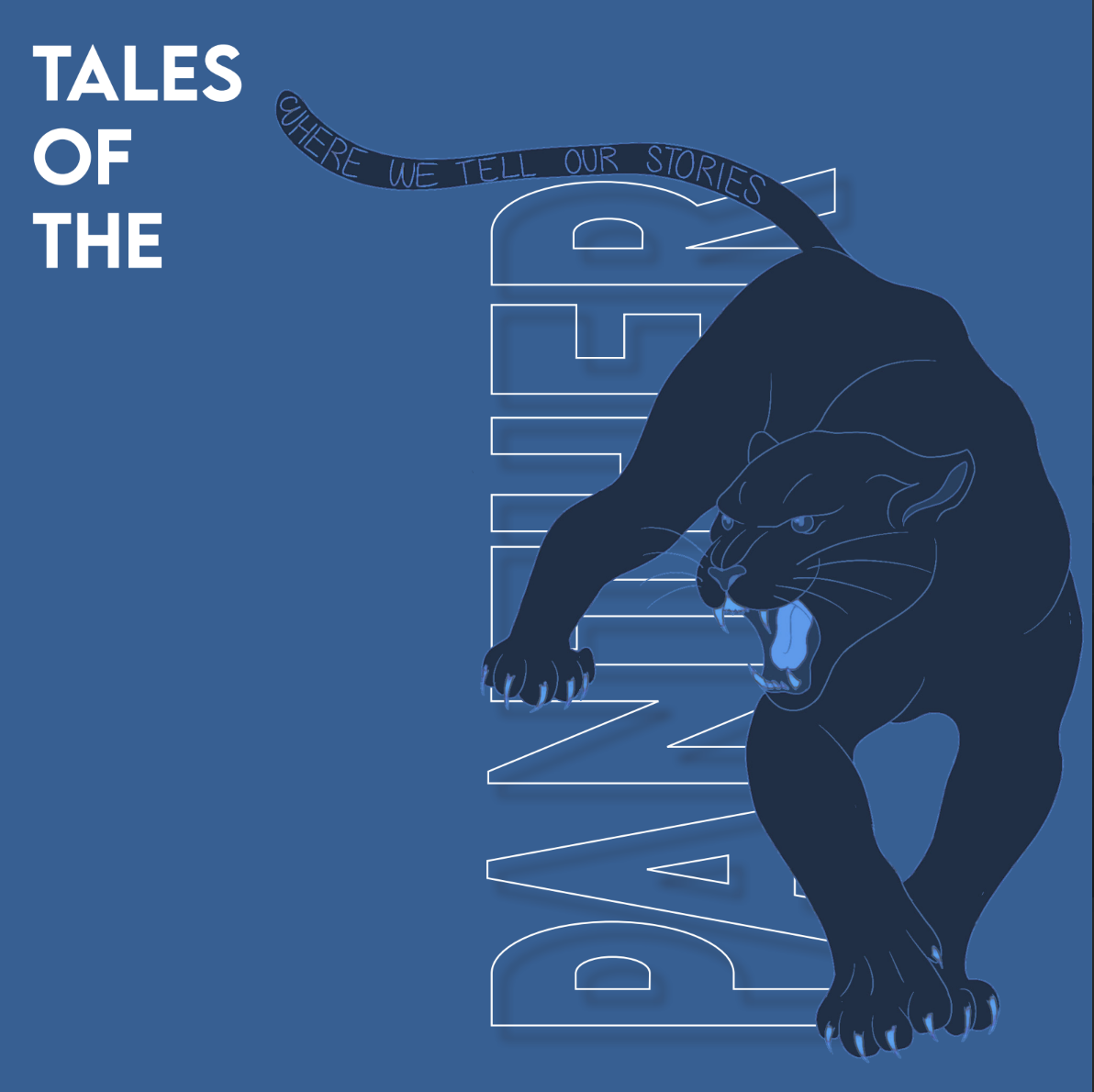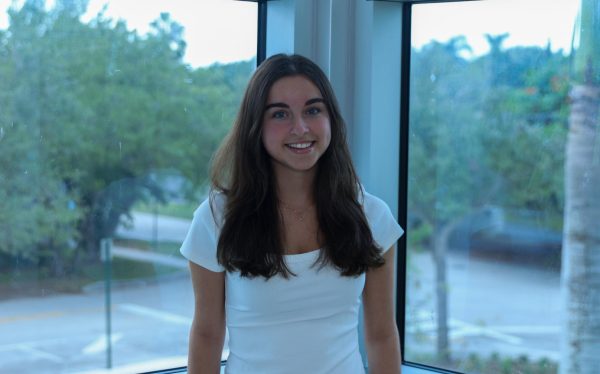It is common knowledge that a good movie is nothing without its musical counterpart. The soundtrack to a movie could be the one factor that brings it to success or its downfall. It is crucial for each and every important scene in a movie to have the right song to play in the background. For sad scenes, a heart-wrecking ballad is usually the right card to play, while a happier scene could benefit from upbeat, pop music. Whether it is a rom-com or action movie, music is the missing piece to make a movie prosper.
La La Land is a 2016 musical romance directed by Damien Chazelle about two aspiring artists in Los Angeles. Sebastian, a jazz musician, and Mia, an upcoming actress, explore the struggle of “making it” in Hollywood. La La Land’s tear-jerking and emotional soundtrack reflects the characters’ dreams and struggles.
Today, La La Land extends beyond the screen, and is now in concert. Composed by Justin Hurwitz, the soundtrack adds depth and heart to the story. Conducted by Hurtwitz and performed by the Empire Film and Media Ensemble, “La La Land in Concert” brought his score for the original film to life. The concert features a live orchestra performing the movie’s iconic scores with a full movie screen, and invites the audience to connect with the film on a deeper level. It turns the film into an unforgettable experience that lingers in a more personal way.
“The live music made it feel like I was in the movie at times. It sounded exactly like the film though, it was insane to think the movie being shown was only the voices with no back track,” Miami Palmetto Senior High sophomore Sofia Rojas said.
Music plays a significant role in shaping a film’s interpretation. A soundtrack often guides the audience’s emotions and deepens their connection to the story. Music brings soul into a film, sets the mood and connects us to what the characters might think or feel.
Some movies leave a lasting impact, not only due to the story or acting, but because of the perfect song at the perfect moment.
In the 2000 movie “Almost Famous,” a film about a teenage journalist touring with an upcoming rock band in the 1970s, the use of Elton John’s “Tiny Dancer” during the band’s tour bus scene is an example of how a song goes beyond background music. The characters, previously disconnected and upset with each other, begin to sing along to the song, and the music pulls them back together. Moments like this stick with the audience because the used song and scene become part of the story, creating a feeling and moment that is unforgettable.
When character Tom Hansen, who is deeply love-struck with Summer Finn, had his first encounter with her in the 2009 film, “(500) Days of Summer,” Summer points out the song “There Is A Light That Never Goes Out” by The Smiths in an elevator the two share. The song perfectly captures the scene where Summer and Tom connect for the first time and shows the instant bond where they share their love for the band. The song becomes more than a simple piece of music in the film — it highlights Tom’s vulnerability and helps set the mood for the rest of the film.
“I feel like music kind of makes a movie. It can either make or break it, if it has a bad score or soundtrack, it could worsen the movie,” sophomore Gabriela Donnelloy said.
Another song that had an impact on the scene is David Bowie’s “Heroes,” in the film “The Perks of Being a Wallflower.”
“When I listen to ‘Heroes,’ I always think of the scene in The Perks of Being a Wallflower where [Sam] has her arms out in the pick-up truck with her friends inside the tunnel,” sophomore Grant Hudson said. “I feel like it’s a very pivotal part of the movie and I definitely think of the scene everytime I listen to it.”
In the movie adaptation of Jenny Han’s “To All the Boys I’ve Loved Before,” Lara Jean Covey writes love letters to every boy she has ever loved since she was young. When these secret letters mysteriously make their way into her social circle, her life as a quiet outsider takes a complete turn as she faces each of her old crushes, particularly Peter Kavinsky, and navigates the confusion that follows with a solution of fake, but eventually real dating. The song “Lovers,” by Anna Lotterud adds a dreamy, emotional layer during the biggest scene of the film, where Lara Jean and Peter share a romantic and tense moment together on a school field trip. The song built tension for viewers, who watched in awe waiting to see what happened next between the two. A song like this enhances the mood and helps viewers connect more with the characters’ emotional journey, making key romantic scenes feel more intimate and heartfelt.
Music can make a movie more memorable, whether it be “Life is a Highway” in “Cars,” or “All Star” in “Shrek,” they can tell parts of the story without any character having to speak. The right song can bring everything together and make the movie more impactful and enjoyable.



